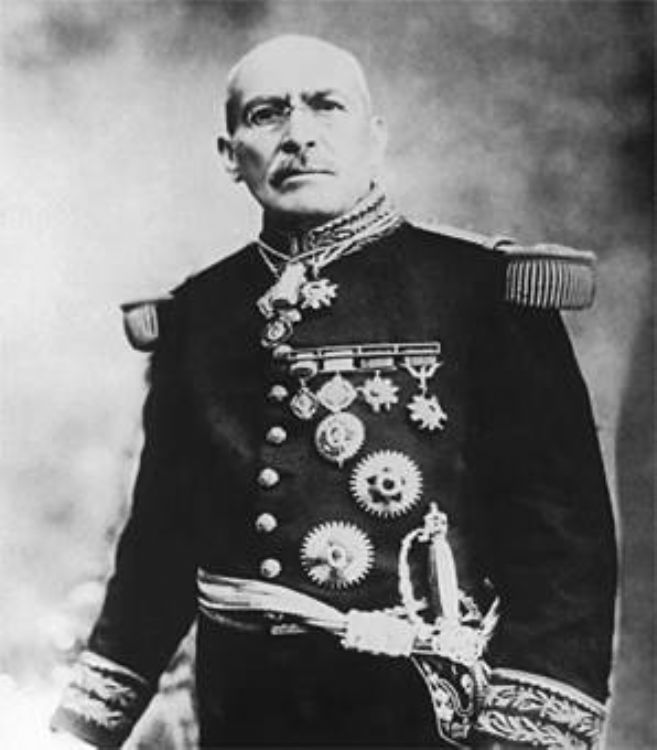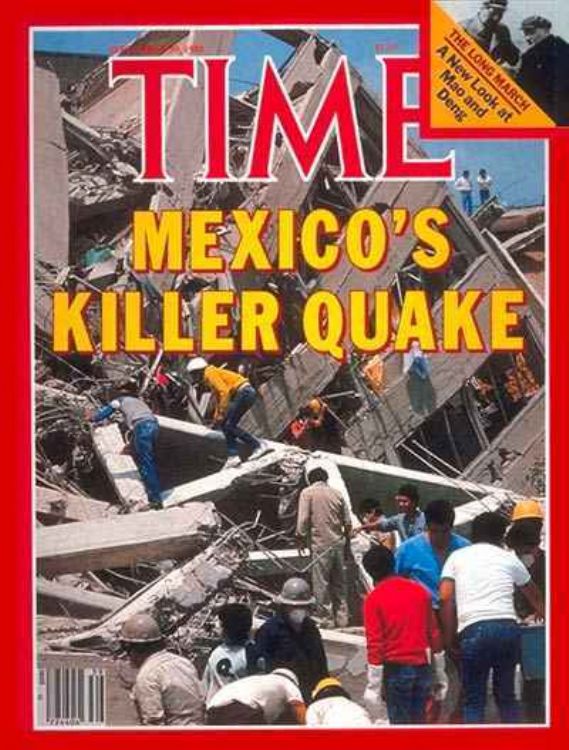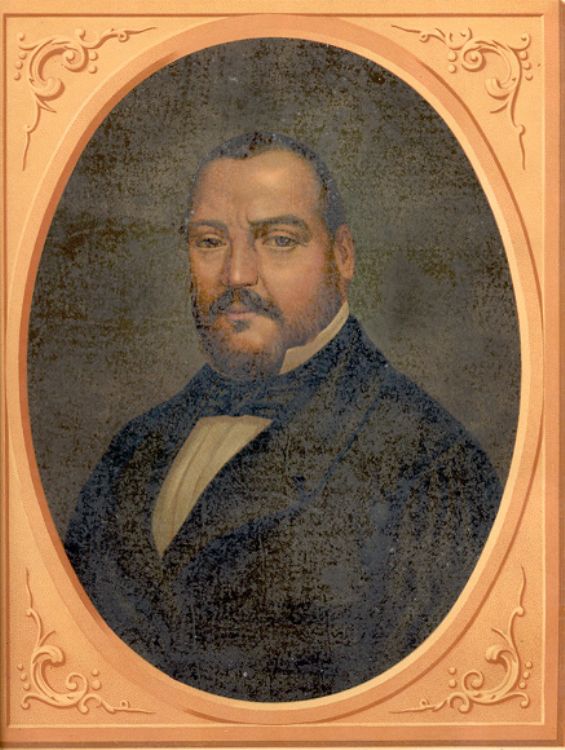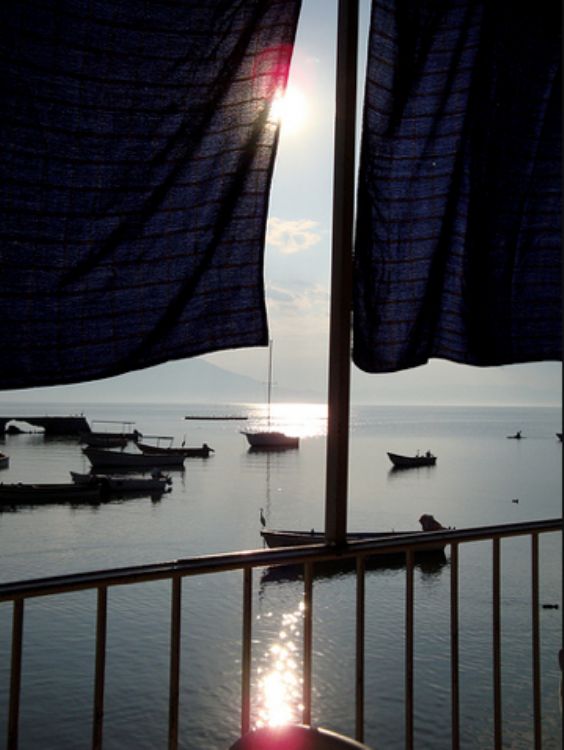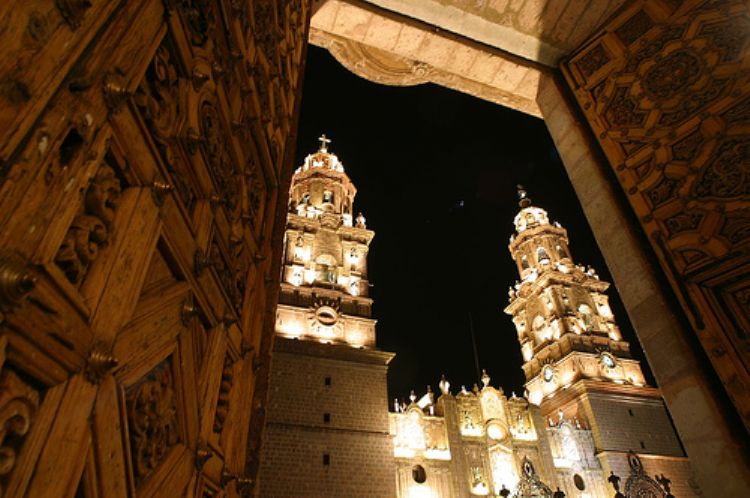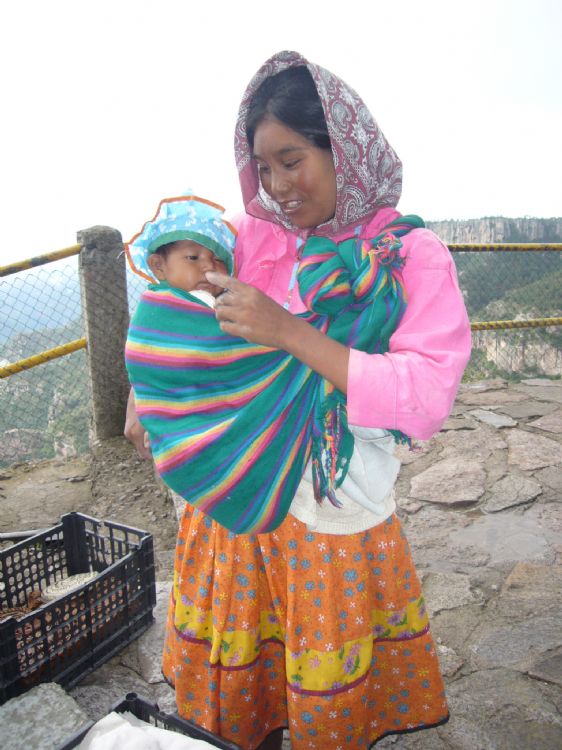San Cristobal de Las Casas, Vivid History in Chiapas
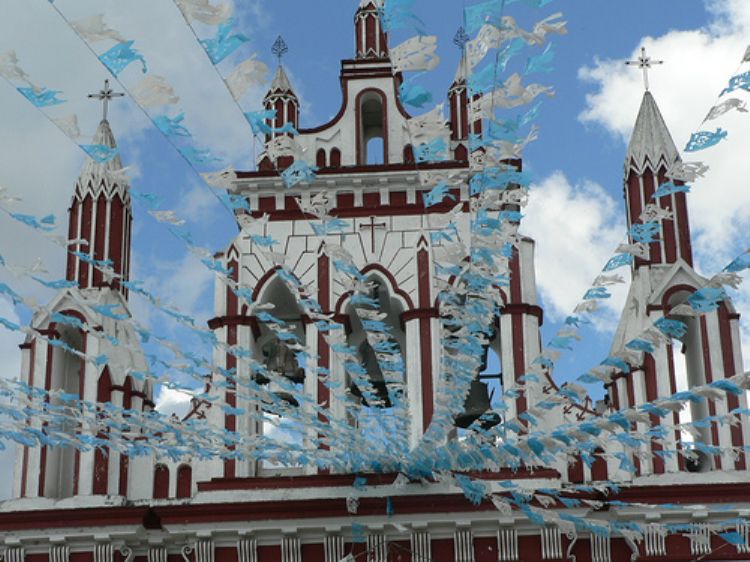
The sign of the encounter between the indigenous and the Spanish religious worlds is captured in San Cristobal de las Casas, founded in 1528 by Diego de Mazariego, one of the many emissaries of the Spanish Crown. From the indigenous view, the spiritual world had a profound relation to the natural, which explains the development of rich arts combined with ancient techniques of pre-Columbian religious worlds.
San Cristóbal has an average temperature of 18°C and abundant rains. It is in the high plateau region, 7,200 feet above sea level, most of its land is mountainous with only a small portion belonging to the valley. The neighboring municipalities are San Juan Chamela, Tenejapa, Huixtan, Teopisca, totolapa, Chipailla, San Lucas and Zincacantan. Flowing through it are River Amarillo and Fogótico, and streams like Peje de Orok, Ojo de Agua and Chamela. It has a great flora, predominated by high forest.
Although it is known as San Cristóbal, the site has a very special history in its name; it has been baptized at least ten times. Founded in 1528, it was called Villa Real de Chiapa by Diego de Mazariego. In 1529, Juan Enrique de Guzmán gave it the name Villa Viciosa de Chiapa. In 1531, Don Pedro de Alvarado renamed it San Cristóbal de los Llanos. Although in 1536 Mazariego lobbied in Spain for returning to the name he first gave it. After the Independence, in 1829, a decree of the Stateâs Congress assigned it the name San Cristóbal and in 1848 âde las Casasâ was added, in honor of Friar Bartolomé, who did a great evangelization project in the zone. In 1934, due to political problems between the State and the Church, it was referred to as âCiudad de las Casasâ, but in 1943 when the Church-State conflict had diminished, it recovered its name San Cristóbal de las Casas.
The royal city named after the Saint who defended the peopleâs causes was late to see European styles in the indigenous world, like baroque, but offered the opportunity to display all the creativity and sensitivity of the regionâs artists. An example of the meticulousness of Chiapas artists is the San Cristóbal Cathedral, with an entrance alluding to baroque art. Various churches as San Nicolás and the Encarnación Nuns provide evidence of the influence that European styles exercised on indigenous creators, developed with their own quality altarpieces, paintings and in general, a sacred art with a Christian view necessarily associated to elements of the Mesoamerican ancient gods
In the same manner, the social world could not be completely detached from the traditions ruling native life. As in the case of markets, still seen in San Cristóbal, when people gather in Plaza 31 de Marzo to sell their crafts, showing a deeply-rooted esthetic in Mexicoâs southeast: colorful embroidery, woodwork and metals derived from a close knowledge of nature.
The Temple and former Convent of Santo Domingo de Guzman evokes a baroque style, originating the array of ornaments in multiple materials like stone, wood and metal. Baroque altarpieces are also of great wealth and distinction in the place, dating from the XVI to XVIII centuries.
The Templo de la Caridad (temple of charity) was founded in 1712 and hosted the order of Juaninos, who did charity works for the population, as well as in the cityâs hospital. The temple has a special architectural design based on a set of pilasters and immediately draws attention to its interior for the Cristo Negro de Esquipulas figures and the altarpieces of baroque style, predominating in the region during the XVI and XVIII centuries.
Among non-religious art, the Government Palace can be appreciated, built in a neoclassic style at the end of the XIX century. Other outstanding civil constructions are Casa de la Sirena (mermaidâs house), taking its name from the sculpture located in a corner, once belonging to Don Andres de Tovilla, appealing for its architectural design. Other attractions are the Altos de Chiapas Cultural Center, Amber Museum, Sergio Castro Museum, Popular Cultures Museum, as well as the Jade Mesoamerican museum, all located downtown.
San Cristóbal de las Casas can be reached by air through the Tuxtla Gutierrez Airport or by land from the TAPO Bus Station, which has many trips per day to the region. The time of arrival is approximately 12 hours on highway 190.
Artículo Producido por el Equipo Editorial Explorando México.
Copyright Explorando México, Todos los Derechos Reservados.
Fotografía: Forzeshow

